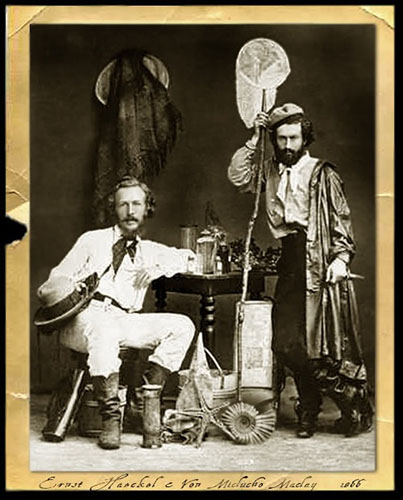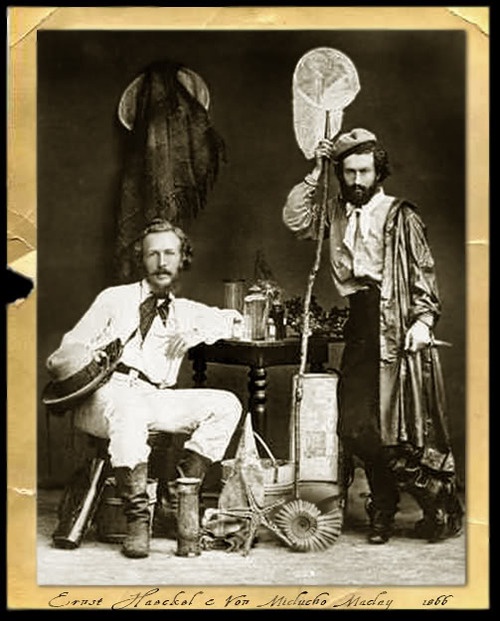Ernst Haeckel
Nature generates from her womb an inexhaustible cornucopia of wonderful forms, the beauty and variety of which far exceed the crafted art forms produced by human beings.
~ Ernst Haeckel
Nature generates from her womb an inexhaustible cornucopia of wonderful forms, the beauty and variety of which far exceed the crafted art forms produced by human beings.
~ Ernst Haeckel

